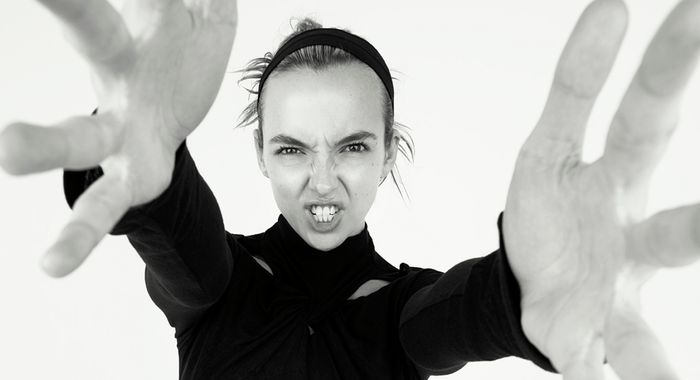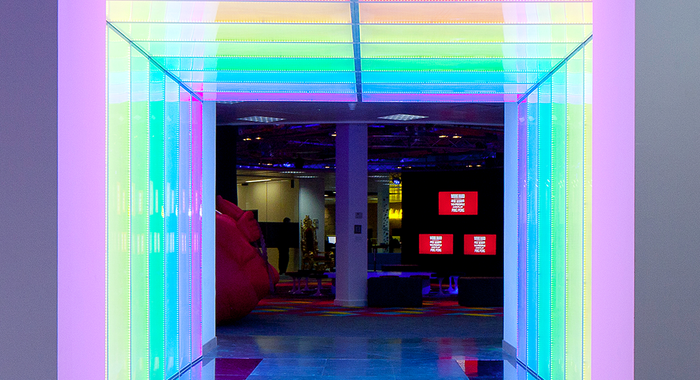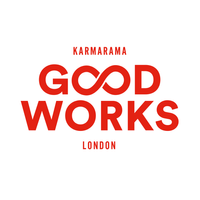A stellar creative collaboration between Rankin, Alison Carmichael and Karmarama led to the launch of #whatnormalfeelslike - a nation-wide multi-channel campaign for Breast Cancer Awareness Month in the UK has gone live today.
Celebrated British photographer Rankin and star calligrapher Alison Carmichael worked with London creative agency Karmarama to create #whatnormalfeelslike: a ground-breaking campaign inspiring young women to reclaim the language around breasts.
Seven women were photographed topless by Rankin with hand-lettered calligraphy written across their chests, describing their breasts by Alison Carmichael. After extensive research, charity Coppafeel! and Karmarama creative team Laila Milborrow (art director) & Paul Pearson (copywriter) found that most women aged 18-30 struggle to find other words than ‘big’ or ‘small’ when asked to describe their breasts.
By introducing different adjectives like ‘squidgy’, ‘bouncy’ and ‘spongy’, young women are inspired to reclaim the language around their boobs.Pearson and Milborrow say the voice of the campaign desexualises and re-feminises the language people use for breasts, and young women need to own this vocabulary to find out what normal feels like. ‘Normal’ doesn’t equal ‘flawless’: #whatnormalfeelslike is different for every girl.
Rankin says: “I love the simplicity of the images and the reaction they provoke from the viewer; it emphasises how rare it is to see breasts shown in an honest and non-sexualised way in the media. People talk about breasts as ‘big’ or ‘small’ but we don’t talk about shape, texture and sensitivity. This campaign aims to help women reclaim the vocabulary around breasts and know what normal feels like for them.” Alison Carmichael says: “This campaign is such an important platform for young women to talk openly about the issues around “what normal feels like” - I was really honoured to be asked and it was a great opportunity to work on something really positive and empowering for women, not to mention a chance to work with some great creatives and do something a bit different from the norm.”
Alison Carmichael started off with sketches of lettering with a feminine feel that would translate well when written with a brush on skin. The design was created to be adaptable to different shapes so she could work fairly spontaneously. A projector was used to position the words on the models’ bodies, after which she used a skin coloured pencil for initial outlines and Fardel professional body paint to complete the artwork.



